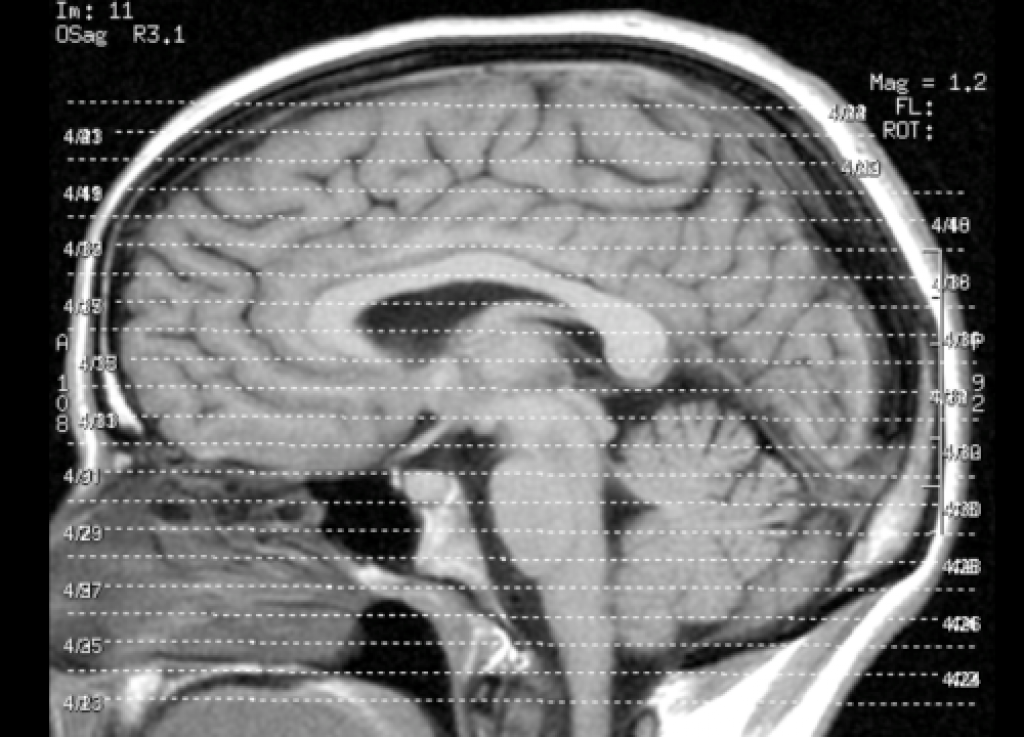
Asian Scientist (Nov. 13, 2013) – Researchers in Japan have discovered a way to make specific types of neurons in the brains of adult mice revert to a younger, juvenile-like. The discovery could pave the way for prevention and/or treatment of various neuropsychiatric disorders.
In the study, published in Molecular Brain, Dr. Tsuyoshi Miyakawa and his colleagues from Fujita Health University show that chronic administration of one of the most widely used antidepressants, fluoxetine (FLX, which is also known as Prozac, Sarafem, and Fontex), can induce a juvenile-like state in specific types of neurons in the prefrontal cortex of adult mice.
In their study, FLX-treated adult mice showed reduced expression of molecular markers for maturation that are expressed in a certain group of mature neurons in adults, and increased expression of an immature marker, which typically appears in developing juvenile brains, in the prefrontal cortex.
These findings suggest the possibility that certain types of adult neurons in the prefrontal cortex can partially regain a youth-like state; the authors termed this as induced-youth or iYouth. These researchers as well as other groups had previously reported similar effects of FLX in the hippocampal dentate gyrus, basolateral amygdala, and visual cortex, which were associated with increased neural plasticity in certain types of neurons.
The study is the first to describe “iYouth” in the prefrontal cortex, which is the brain region critically involved in functions such as working memory, decision-making, personality expression, and social behavior, as well as in psychiatric disorders related to deficits in these functions.
Network dysfunction in the prefrontal cortex has been linked to depressive disorders and reversion to a youth-like state may have therapeutic effects on people with such disorders as neural plasticity is restored in these regions. On the other hand, some side-effects of FLX-induced pseudo-youth may play a role in certain behavioral effects associated with FLX treatment, such as aggression, violence, and psychosis.
The expression of the same markers of maturation, as discussed in this study, has also been reported to be decreased in the prefrontal cortex of postmortem brains of patients with schizophrenia. This raises the possibility that some of FLX’s adverse effects may be attributable to iYouth in the same type of neurons in this region.
Further studies on the effects of FLX in the brain could potentially revolutionize the prevention and/or treatment of various neuropsychiatric disorders and aid in improving the quality of life for an aging population.
The article can be found at: Ohira K et al. (2013) Chronic Fluoxetine Treatment Reduces Parvalbumin Expression And Perineuronal Nets In Gamma-Aminobutyric Acidergic Interneurons Of The Frontal Cortex In Adult Mice.
——
Source: Fujita Health University.
Disclaimer: This article does not necessarily reflect the views of AsianScientist or its staff.











